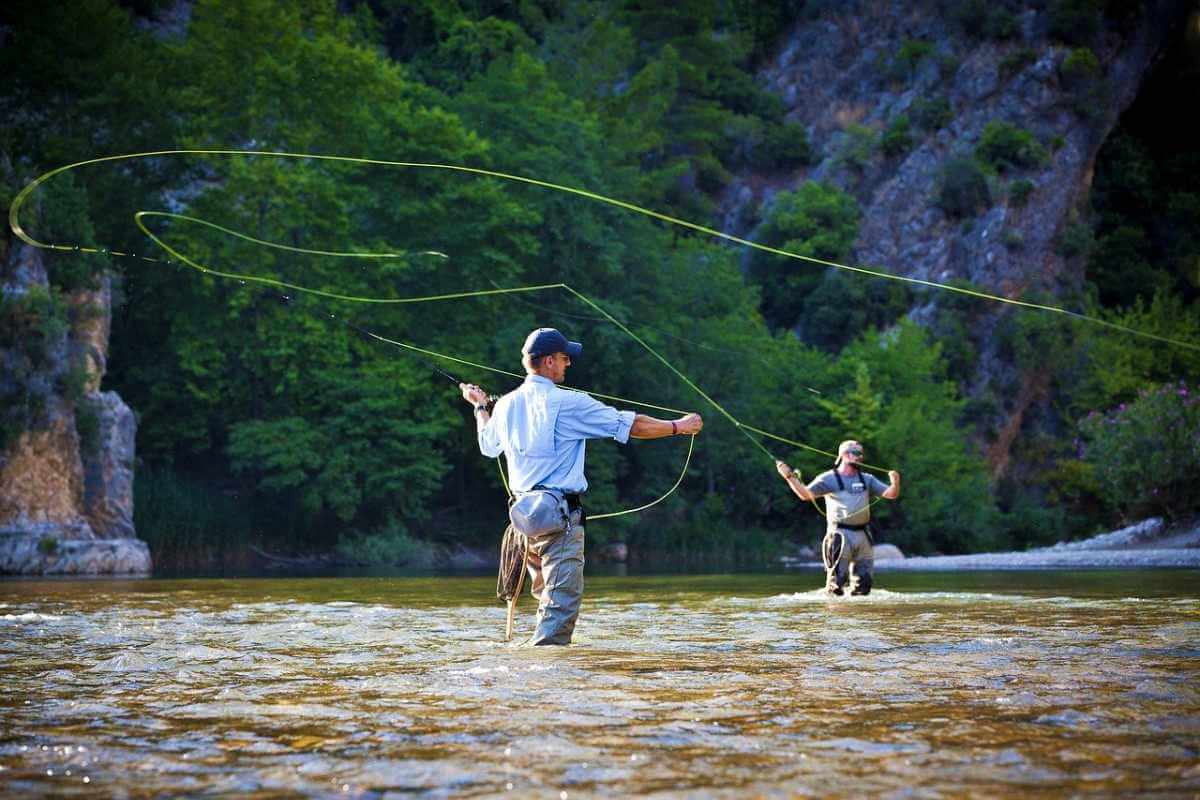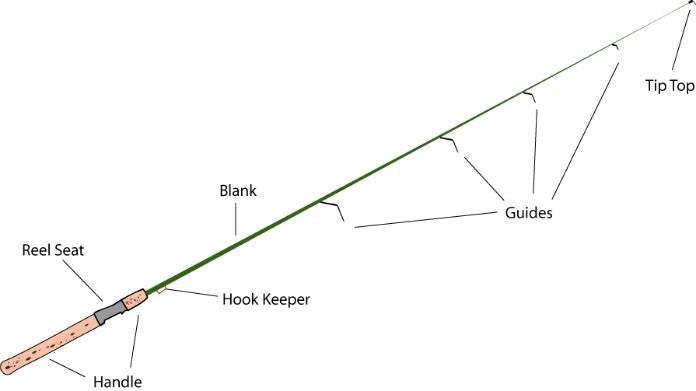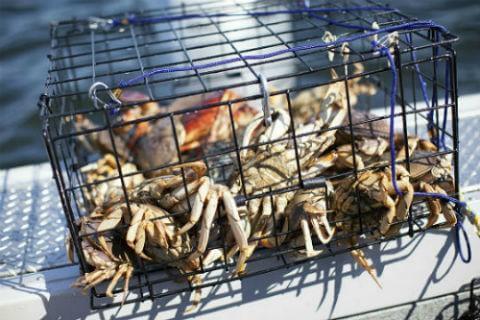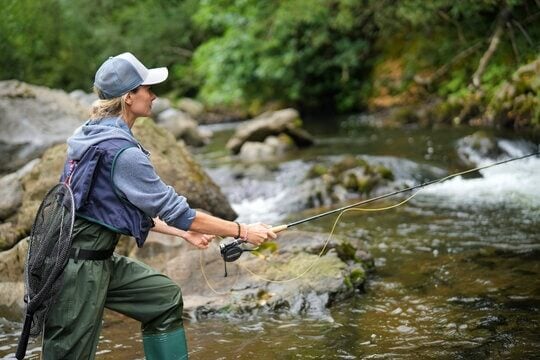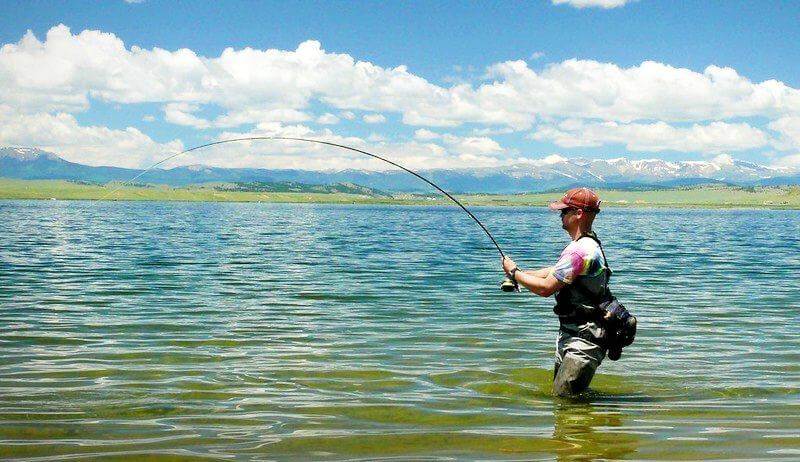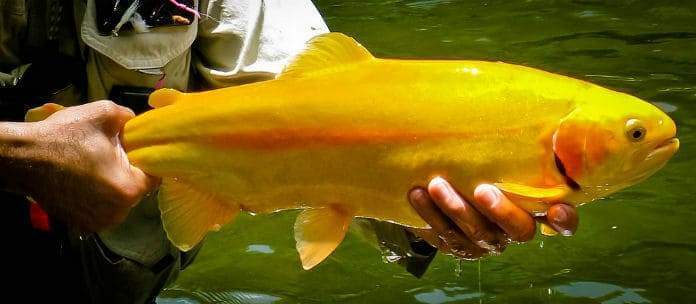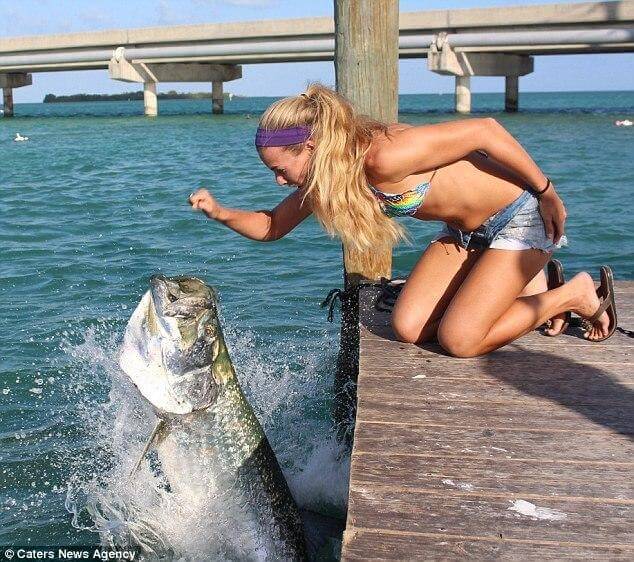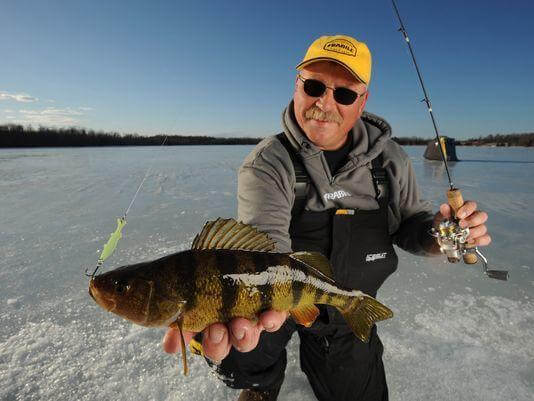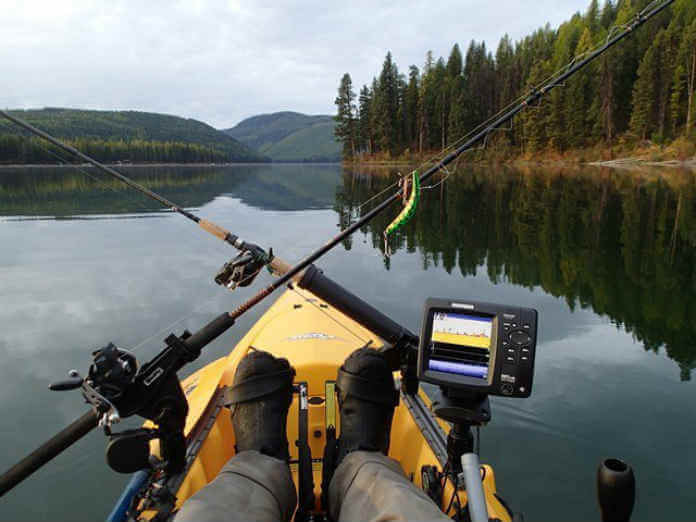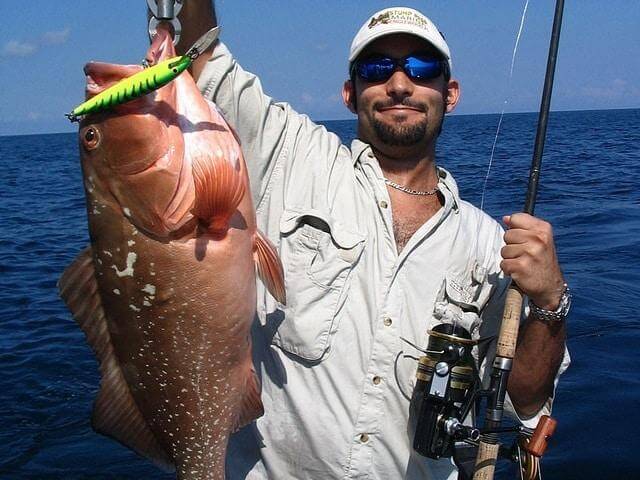Setting up a Fly Rod and Fly Reel can be highly confusing. Especially for those who are still on the amateur level. But, that is not a reason to be discouraged at all. You can still enjoy the wonders of fishing even if you are a beginner. This article will provide you with all the basic and easy-to-understand information that you need.
Finding answers to your problems is no longer difficult in today's generation. At the tips of your fingers, you can access a wide variety of information regarding anything. You name it! Anything under the sun, the internet has it all. As simple as “How to cut my nails correctly” to “How to Set up a Fly Rod and Fly Reel.”
However, what is hard to find can explain to you in a straightforward manner. Well, you are in excellent luck today because you came to the right destination. By the end of this article, you will now be enjoying fishing on another level.
BASIC FISHING TERMINOLOGIES
Fishing can be very beneficial in a wide scale of factors. It is an excellent recreational activity to have intimate bonding with family, friends, and loved ones. Most importantly, is it is an excellent therapy to relieve stress and even anxiety.
Before we proceed with the technical stuff, let us consider our audience from the beginner’s level. We do not want to leave anyone behind. So here are some basic terminologies that everyone should know that is used in this article. These are quite important if you are going to enter the world of fishing.
Action
-
- The term “Action” in fish slang is a term to describe the act of throwing the fly across the waters. Specifically, you are directing the fly to a particular drifting motion.
- Action is also an essential characteristic of fly rods. Fly rods are designed to have either a slow or fast action. The difference between the Slow Action Rods and the Fast Action Rods is the ability of each rod to bend. Slow Action Rods can execute a full-length bent making the rod amenable to your commands. On the other hand, Fast Action Rods only bent at the tip, increasing the speed and lengthening the casts.
Affluent
-
- Affluent is a term to identify another river or stream inside a larger body of water.
Angler
-
- Angler is a term that describes anyone who fishes using either a pole, a rod, or a reel.
Angling
-
- Angling has been used interchangeably with the term Fishing. Particularly sport fishing and recreational fishing. However, there are specific tiny differences that set them apart. Nevertheless, Angling is still a form of fishing. Angling is a form of fishing that uses the “angle” to capture fish.
Angleworm
-
- Angleworm is also known as “bait.” It is simply a live worm that is placed on a hook for fish to be lured.
Arbor
-
- Arbor is the center part of the fly reel.
Arbor Knot
-
- Arbor Knot is used to define the type of knot preferred for tying backing to the arbor of the fly reel.
Fishing Line
-
- A fishing line is a one-of-a-kind string that is used for fishing in general. The fishing line is the one that bridges the fly reel to the hook.
Fishing Pole
-
- A piece of fishing equipment that carries the hook and line to catch the fish. Usually, it is made of wood, bamboo, or other natural elements. The fishing pole is the one that holds and extends the fishing line.
Fly Reel
-
- A fly reel is a machine that is used in all forms of fishing. It is responsible for the deployment and retrieval of the fishing line. Fly reels can either be included with the Fly rod itself or mounted on the fishing boat. Reels come in all shapes and sizes.
Fly Rod
-
- The fly rod is often confused with the term Fishing pole. They are used most time interchangeably, especially for beginners. The Fly Rod has the same purpose as that of the fishing pole: to hold the fishing line and connect it to the fly reel. It is usually made up of steel, fiberglass, and wood.
- The difference between the fly rod and fishing pole is minimal, aside from the components it is made out of. The fly rod consists of tiny holes/guides to where the fishing line is inserted to. As opposed to the fishing pole, the fishing line is only attached at its tip, or sometimes it can also contain one guide/hole.
- The fly rod is often confused with the term Fishing pole. They are used most time interchangeably, especially for beginners. The Fly Rod has the same purpose as that of the fishing pole: to hold the fishing line and connect it to the fly reel. It is usually made up of steel, fiberglass, and wood.
Fishing Tackle
-
- This is used to describe all the equipment or gears used for fishing.
Now that we have the basic fishing terms that we need to know. Let us now move to the main point of this article. Finally? Yes. Let us get to it.
HOW TO SET UP A FLY ROD AND FLY REEL
Let us try to do this one step at a time. This is to ensure a more precise grasp and understanding of the whole topic and scenario. We will start with the fly reel since it is a part of the fly rod’s set-up guide.
Fly Reel Set-up

It is vital to spool your line correctly to the fly reel. If not, you are to face the consequences on the latter part. This includes unnecessary tangling of the fishing line that will leave you puzzled and confused about how to free it.
We can agree that the best way to ensure a perfectly reeled in line is to let the tackle shop do the job. Yet, hey! It will not hurt to learn some tips then and there and along the way, right? Set up your fly reel like a boss with these easy steps.
Step 1: Open the Bail Arm
The Bail Arm is the thin wire-like part of the reel that moves up and down. Up means, open and down means closed.
Step 2: Use an Arbor Knot to tie the Fishing Line on the Arbor
-
-
- Place the fishing line on the ground. Always use this position whenever you are about to spool the reel. The label should always face up.
- There are different kinds of fishing knots that we can use. But, the Arbor Knot has been the go-to knot for every angler.
- How to tie an Arbor Knot:
- Position the fishing line around the arbor.
- Use an overhand knot to tie the vertical line. However, do it loosely first.
- Tie another overhand knot to secure the tag end. Do it loosely too.
- Ensure that the knots are moistened. You can use your saliva to do so, or baby oil or any lubricant will do. This is to prevent the line from exhausting due to friction.
- Next, hold both ends of the tag end and pull until the tag end tightens.
- Snug the tag end’s knot down to the vertical line’s knot until it tightens around the arbor.
-
Step 3: Fill in the Fly Reel with the Fishing Line
-
-
- In continuation with the second step, keep the spool lying on the ground. A fly reel always requires the fishing line to be loaded the same way it goes off the spool.
- At this part, one hand should be maneuvering the handle of the reel. The other one would be freehand. Your free hand will be responsible for ensuring that the line is smoothly loaded onto the reel. To do so, as you turn the handle, use your thumb to apply slight pressure to the line.
- Fill up the reel at about a half and quarter full. Do not use all the space of the reel. Always leave an ample amount of room, maybe 25-30%. Ideally, to ensure perfect casting, always 1/8 inch of space from the rim of the reel to the line.
- If you begin to notice that the line is twisting as you turn the handle, flip the spool on its opposite side and try again.
-
Fly Rod Set-up
As mentioned above, the Fly Rod is the one that enables the angler to cast the fishing line into the waters.
So, one needs to prepare a handful of things before setting up one’s fly rod. These are:
-
- A fly rod
- A fly reel
- The fishing line
- Lure and;
- A pair of scissors
Once you have all the materials mentioned above needed, let us go about the first step of this whole process.
Step 1: Insert the Fishing Line on the Reel
As elaborated just right above this part, you will find a detailed step-by-step process of setting up the fly reel. That will be your primary reference for this part.
Step 2: Position the Reel into its Place
The goal is to mount the fly reel onto the fly rod for the following steps.
-
- First, ensure that the fly reel is all set. Make sure that the fishing line has already been cut. Then, do not forget to double-check that the fishing line should only be 70% full inside the fly reel.
- Next, just beside the fly rod handle, you should find the reel mount. The reel mount caves horizontally on the fly rod.
- The handle part of the fly reel should fit perfectly suitable into the reel mount.
- Lastly, screw the fly reel onto the mount to secure it from getting loose or wobbling.
Step 3: Insert the Fishing Line through the Line Guides
-
- To start, take off the clip and open up the bail arm to grab your fishing line.
- Next, slowly pull the fishing line and insert it through each guide.
- Then, close the bail arm of the fly reel. Take note that there is a limit as to how long you should pull the fishing line before closing the reel’s bail arm. As soon as there is already about a meter of fishing line hanging after the very last guide, or top-line guide, that is the cue for you to close/clip the bail arm.
Step 4: It is time to Position you Lure or Hook your Bait
-
- This is the most straightforward step there is.
- For the Lure:
- There should be a small tiny hole found in your lure. Use the meter-long fishing line that you inserted earlier on the guides.
- Next, tie the lure securely to the fishing line and cut the extra line out.
- You are done and all set to catch some fish.
- For the Bait:
- You need a piece of the hook to tie on the end of the fishing line that you pulled a while ago when inserting it into the guides.
- As you are finished with placing a hook at the end of the fishing line, grab your bait and hook it securely onto it.
- You are ready to capture some fish.
There you have it! Easy steps on how to set up your fly reel and fly rod like a boss!
